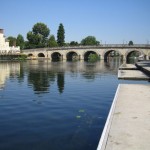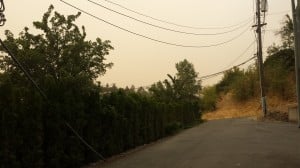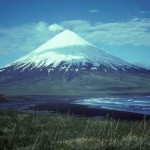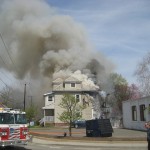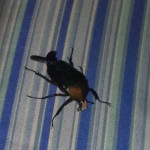When I came back from my travels recently, I spent a week at my mum’s on the way back. It was an opportunity to revisit some of the haunts of my youth: the huge willow tree at the bottom of the road, still standing, and the old railway track which has since been transformed into a public path all the way from Harborne to Winson Green, approximately two miles of green, car-free paths winding through Birmingham’s suburbia.
The willow tree is an old friend. I and the little gang of pre-teens I hung out with as a child – all residents of one, long road running from the willow tree to the local primary school – would rest under its branches on long summer days. We would cut switches that hung near the ground, stripping them of leaves for the fresh, green scent and the make-believe of creating whips.
We would egg each other on to climb higher and higher among the swaying branches. The bark was strong and vertical and slippery, even on dry days, but there was a technique for swinging from the ground onto a lower hanging branch and pulling and scrambling up, to sit in comfort on the spreading crown, looking at the world below through pale leaves. I was not a physically courageous child, but I learned that technique, terrified and thrilled.
The climbing branches are gone now, and the low switches which used to caress the earth, creating a ready-made den, are trimmed to a demure bob, a good three feet off the ground. So much safer. So much tamer. So much more restrictive.
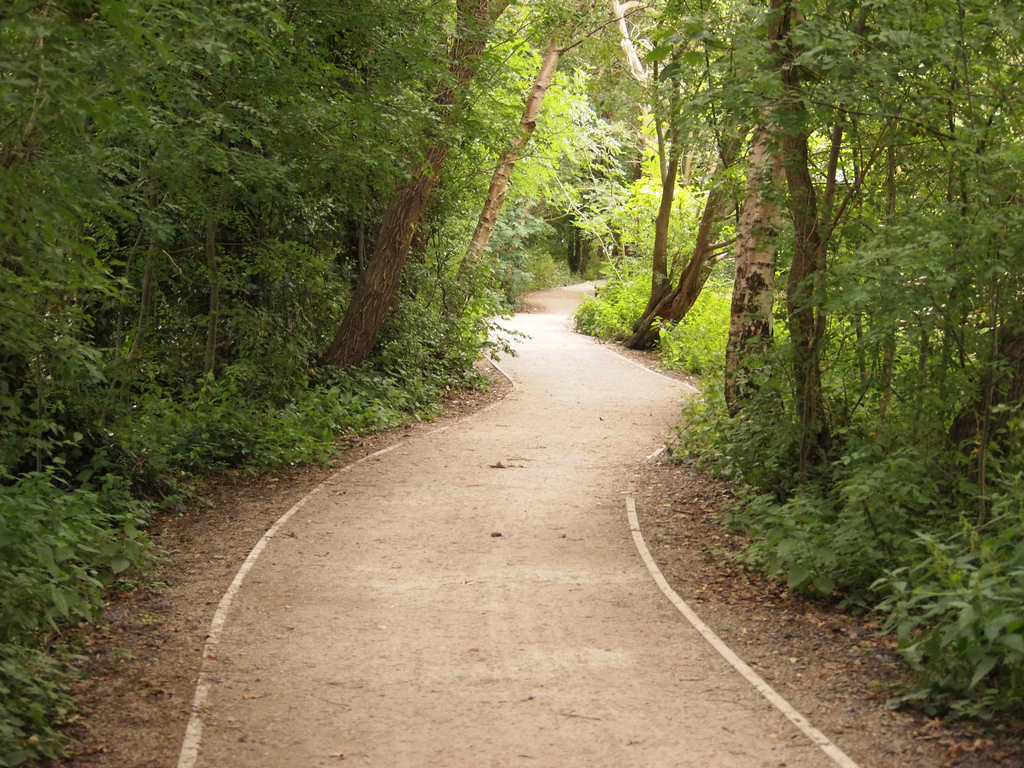
The walkway was another favourite summer haunt. It was a scramble, in those days, to reach the woods and stream now so easily accessible – at least, when we chose to approach over the old railway bridge, always rumoured to be about to give way. The path itself runs across the top of an old railway embankment, offering endless opportunities for steep downhill runs, rides, rolls and swings. And mud: mud galore!
On the western side of the path is a stream, just a trickle really, which we would rush down to and paddle in, leaving our shoes and socks on the bank. We would tell each other that leeches lived in the stream, and delight in the harmless – and groundless – fear of being suckered. Now that stream is fenced off with broad, high metal spikes, too close together for even a small child to slide through. No fun to be had there any more.
The risk aversion of contemporary Western society has been oft remarked upon. In the UK, the most accessible account of it is from Tim Gill, in his book No Fear: Growing up in a risk averse society. He argues that the very nature of childhood is being undermined by the adult fear of risk, which:
…restricts children’s play, limits their freedom of movement, corrodes their relationships with adults and constrains their exploration of physical, social and virtual worlds.
Not only are children stopped from exploring, they therefore do not learn how to assess risk. Surely one of the key tasks of growing into adults capable of making decisions and taking responsibility for themselves, their actions, and their part in the interdependent world of which they are part.
Linked with this aversion to risk and cotton-wadding of children is the fact that children in the ‘developed’ world have fewer and fewer unconstrained, spontaneous opportunities to spend time in nature, playing on their own terms. Child advocate Richard Louv has famously made the case for the devastating effects of this growing division between children and nature – the wilder, more-than-human world – in his book Last Child in the Woods.
Both as an academic researching young people’s relationship with wooded environments, and as a Pagan whose relationship with the more-than-human world grew through my own engagements with the green, this tendency to keep children away from wild(er) spaces, where they can be wild, free to explore, risk, discover, hurt themselves and learn how to be safe, hits to my core.
I’m doing what I can through my own research and future sharing of its findings to contribute to a culture and society where children have the freedom that I had in the late 1970s and early 1980s, to go ‘wild’ in ‘wild’ places. As a non-parent, being part of the conversation is all I can do. I hope it’s enough.


